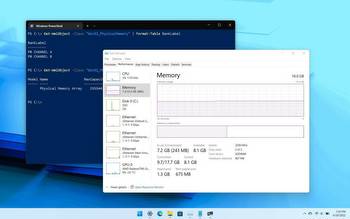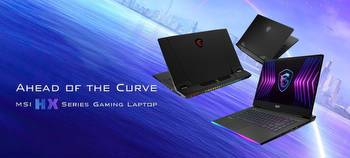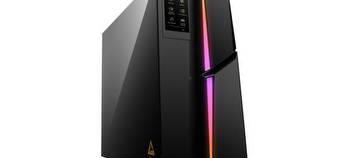Choose the Best Graphics Cards for Online Casinos 2023

A graphics card is a part of your computer that renders images and videos to a display screen. It can also be called a display card, a graphics card, or a graphics processing unit (GPU). This hardware can be attached directly to the motherboard as an extension or connected externally using a wire. Traditionally, a part of the central processing unit (CPU) helps to process the images and videos sent to your screen. Most computing systems like this can’t produce higher image qualities and frame rates or multitask under this condition. Therefore, there is a need for a separate unit to complement the CPU.
Since video cards help to process graphic outputs, they can be used for gaming, 3D modelling, video or photo editing, and machine learning. GPUs handle graphics processing better than CPUs because GPUs are solely designed for the task and not multitasking like CPUs. Graphic cards with exceptional computing power can sometimes be delegated to other processes to reduce the CPU’s workload. Computing becomes more accessible with a GPU in any case.
The video card you need depends on the requirements of the game. Though virtually all casino games are lightweight, you may not need a graphics card for your computer. However, casino games being light doesn’t mean they are poorly developed and will determine your ultimate gambling experience.
You can check out some available online casino games and see how much fun you can get, even with a regular device. Choosing the best platform with the ever-growing selection of online casinos fighting for their attention can be difficult too. Players are always on the lookout for the best payout online casino. Good-equipped computers and platforms that provide thrilling entertainment can make your gambling experience amazing.
If you insist on using a GPU for the best online gambling experience, you can choose from any mid-tier or top-tier GPU. NVIDIA GeForce RTX 30 series and the AMD Radeon RX 6000 series are options you can go for.
Working with a budget and specific needs is essential when looking for a graphics card. Doing so will help prevent getting an underpowered PC for casino gaming or an overpowered one. However, there are basic features which all, or at least most, graphic cards come equipped with. They include the following.
- Graphic Processing. Optimistic display is the first and most essential feature of a GPU. This is very important to gamers because newer games have high resolutions and frame rates, so a typical device can not keep up.
- Parallel Processing. GPUs also can perform multiple tasks simultaneously. This feature enables Graphic cards to be used for large and complex data analysis. Professional research involving extensive data analysis always uses high-end graphics cards.
- Dedicated Memory. Some memory is built into a display card that temporarily stores graphic data for faster retrieval. This video memory, or VRAM, is a feature that further increases the efficiency of your device.
- Driver Softwares. Companies add driver software to their cards to better integrate the graphic card into your system. Such software would need to be updated periodically for maximum results.
- Scaling. It is possible to combine multiple display cards on a computer. This feature is only common to high-end GPUs and will only work when the same version of cards is combined. Scaling on a device consumes way more electricity than usual and requires a larger motherboard for all the cards to fit.
Other standards are used to define a GPU besides the card’s costs. You should know enough about these standards to get the right graphics card.
- Performance and Dedicated Memory. One of the standards used to sort GPUs is the computing power. There are three levels of performance: low-end, mid-level, and high-end. Low-end cards augment daily tasks so your computer doesn’t lag during menial processes, while mid-level cards handle a more comprehensive range of functions, including most games. High-end GPUs are used for highly intensive graphics, as seen in professional gaming, modelling and content creation. The size of a graphics card’s video RAM is also a measurement standard for memory. A higher memory space promises a better performance in intensive conditions.
- Shape and Size. The card you choose has to fit your device, so it has to be the right shape and size. You should expect large computers like desktops to work with card dimensions differently from smaller computers requiring compact versions. Check the model and ensure it has the correct dimensions for you.
- Generation. Generation refers to the period the graphics card was developed. This tells you the features you would expect the GPU to have. Usually, newer generations have more and better features since they are an improvement of previous generations.
- Purpose of Design. Another means of classification is the purpose of the cards. Gaming is the most common use of GPUs in modern computing, and their cards are designed to optimise frame rates and high resolutions. Other types of designs include workstations and professional GPUs. While professional display cards are used for computer-intensive studies, workstation cards are designed for stable and accurate computing in creating and developing models.
When it comes to laptops, contrary to popular opinion, not all laptops have a replaceable GPU. Conventionally, laptops are not designed to operate with other GPUs except the ones they are built with. You can add a GPU rather than replace it if your computer has space. Laptops using installed GPUs are designed with the condition in mind. GPUs are a massive help to modern computerisation. Even if you are okay with your computer, you will find your working conditions even better by adding the right display card.








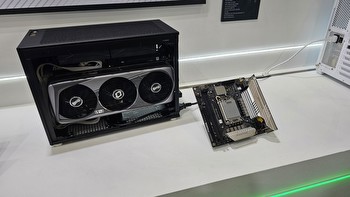




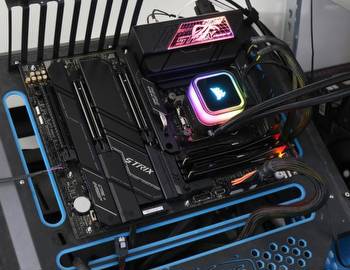








![How to Check Available RAM Slots in Windows 11 [6 Methods]](/img/di/how-to-check-available-ram-slots-in-windows-11-6-methods-2.jpg)

